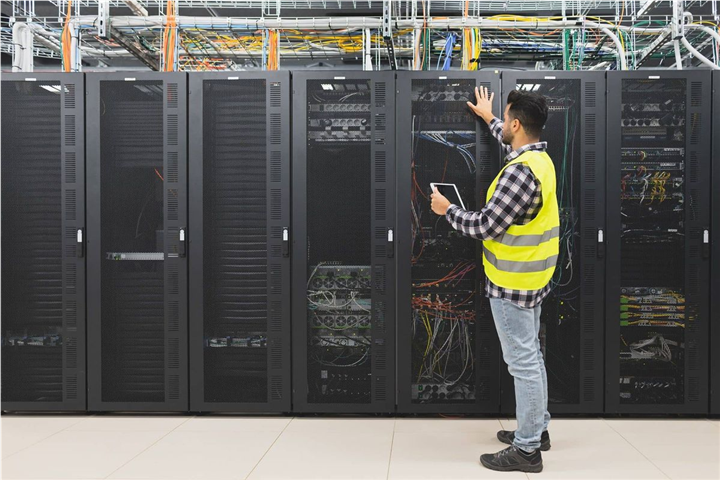• VMAX3 Family Concepts, Architecture, Components, and Features
• Solutions Enabler Implementation
• Unisphere for VMAX3 Implementation and Administration
• Introduction to HYPERMAX OS 5977
• Introduction to Management Interfaces: Unisphere for VMAX V8.4, Solutions Enabler V8.4, Mainframe Enablers V8.1, GDDR V5.0, Migrator V8.0, SMI-S V8.4, SRDF/CE V4.2.1, SRA V6.3, VASA Provider V8.4
• Perform Pre-Configuration according to Customer needs
• Install and configure EMC VMAX3 hardware and software
• VMAX3 Family Maintenance
• Troubleshoot and diagnose VMAX3 hardware and software issues
• Perform initial configuration tasks using SYMCLI and Unisphere for VMAX3
• Configure and manage front-end connectivity for VMAX3 systems
• Configure and manage VMAX3 back-end connectivity
• Create and manage VMAX3 storage resources, including pools, devices, and storage groups
• Configure and manage VMAX3 data protection features, including replication, snapshots, and backup and recovery
• Perform advanced VMAX3 management tasks, including tiering, FAST, and virtual provisioning
• VMAX3 Family Local Replication Concepts
• VMAX3 Family Remote Replication Concepts






comments (0)